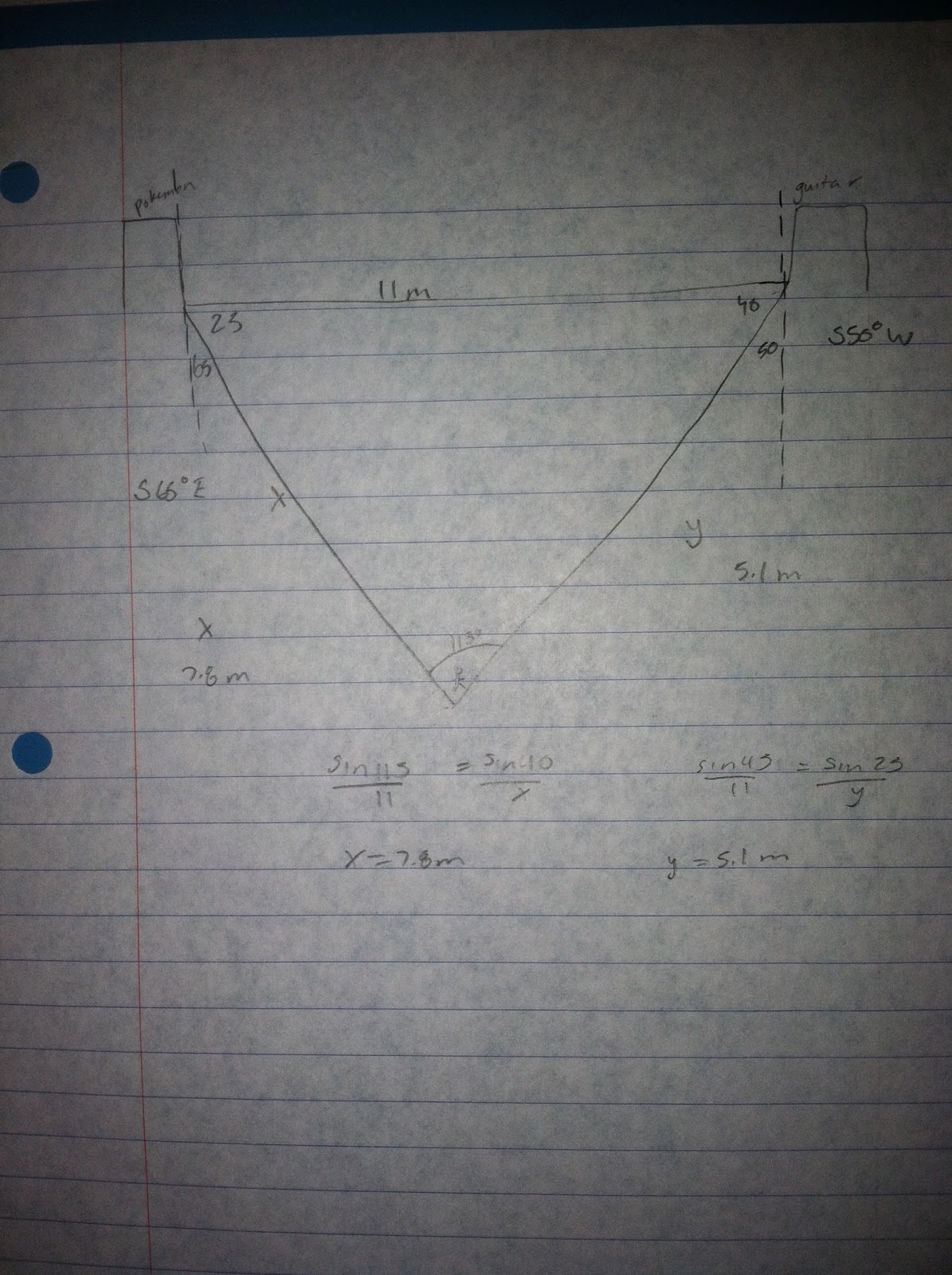tangent?
The trig ratio for tangent is sin/cos. Because of this the asymptote for tan can be found whenever cos is equal to zero. When cos is equal to zero the ratio of sin over cos which is equal to tan would be undefined creating and asymptote.
The trig ratio for cot is cos/sin. Because of this the asymptote for cot can be found whenever sin is equal to zero. When sin is equal to zero cot would be equal to cos/0 and that would be undefined since you cant divide by a zero. An undefined section of the graph will create an asymptote.
secant?
The trig ratio for sec is 1/cos. Whenever cos is equal to zero sec will be undefined which will create an asymptote. So whenever cos is equal to zero a sec graph will have as asymptote. Sec is also the inverse of cos so the sec graph will stem off from cos graph.
cosecant?
The trig ratio for csc is 1/sin. This means that whenever sin is equal to zero the related csc graph will have an asymptote. Since csc is the inverse of sin, csc graphs will stem off from the corresponding sin graphs
secant?
The trig ratio for sec is 1/cos. Whenever cos is equal to zero sec will be undefined which will create an asymptote. So whenever cos is equal to zero a sec graph will have as asymptote. Sec is also the inverse of cos so the sec graph will stem off from cos graph.
cosecant?
The trig ratio for csc is 1/sin. This means that whenever sin is equal to zero the related csc graph will have an asymptote. Since csc is the inverse of sin, csc graphs will stem off from the corresponding sin graphs

























